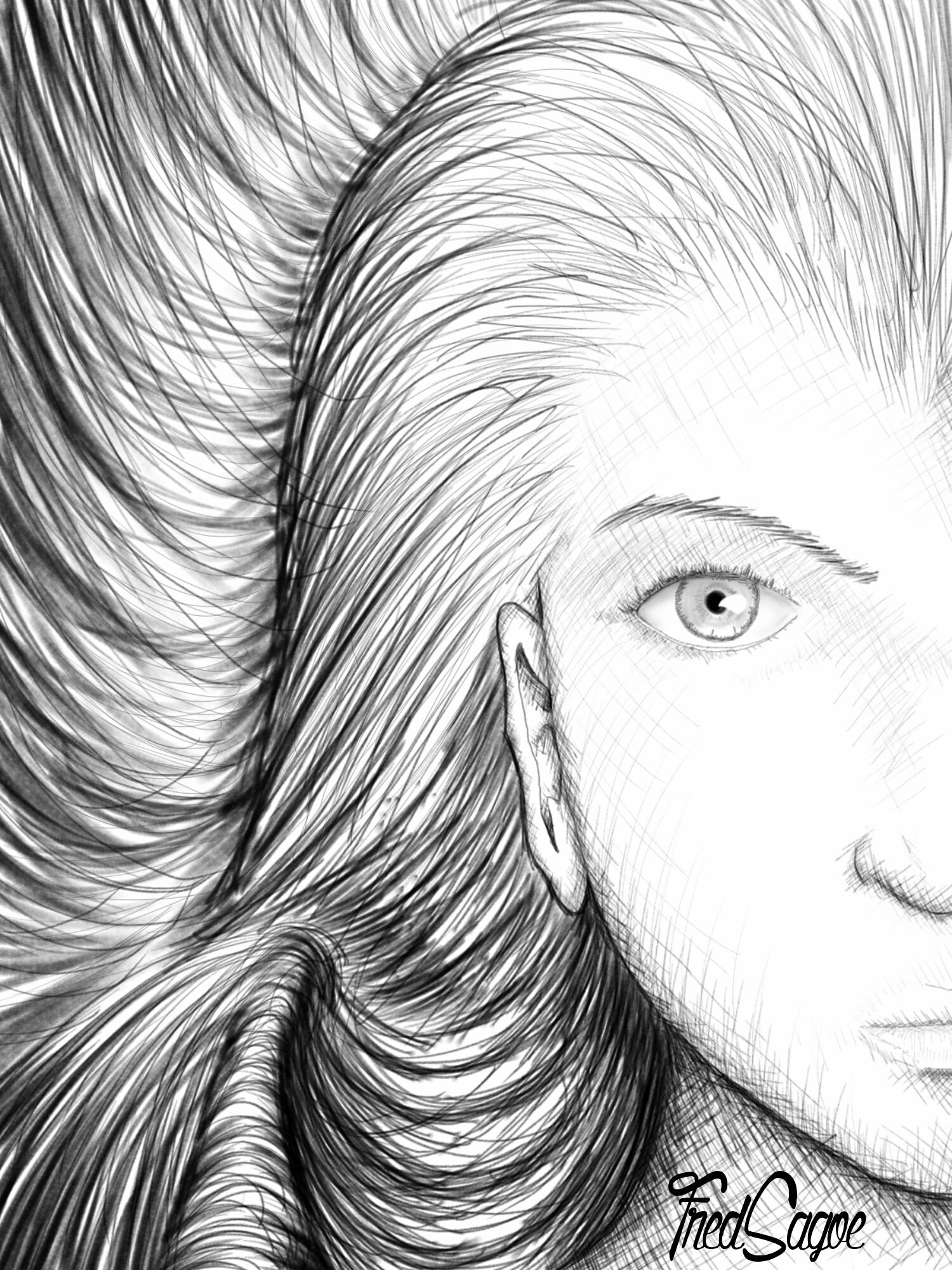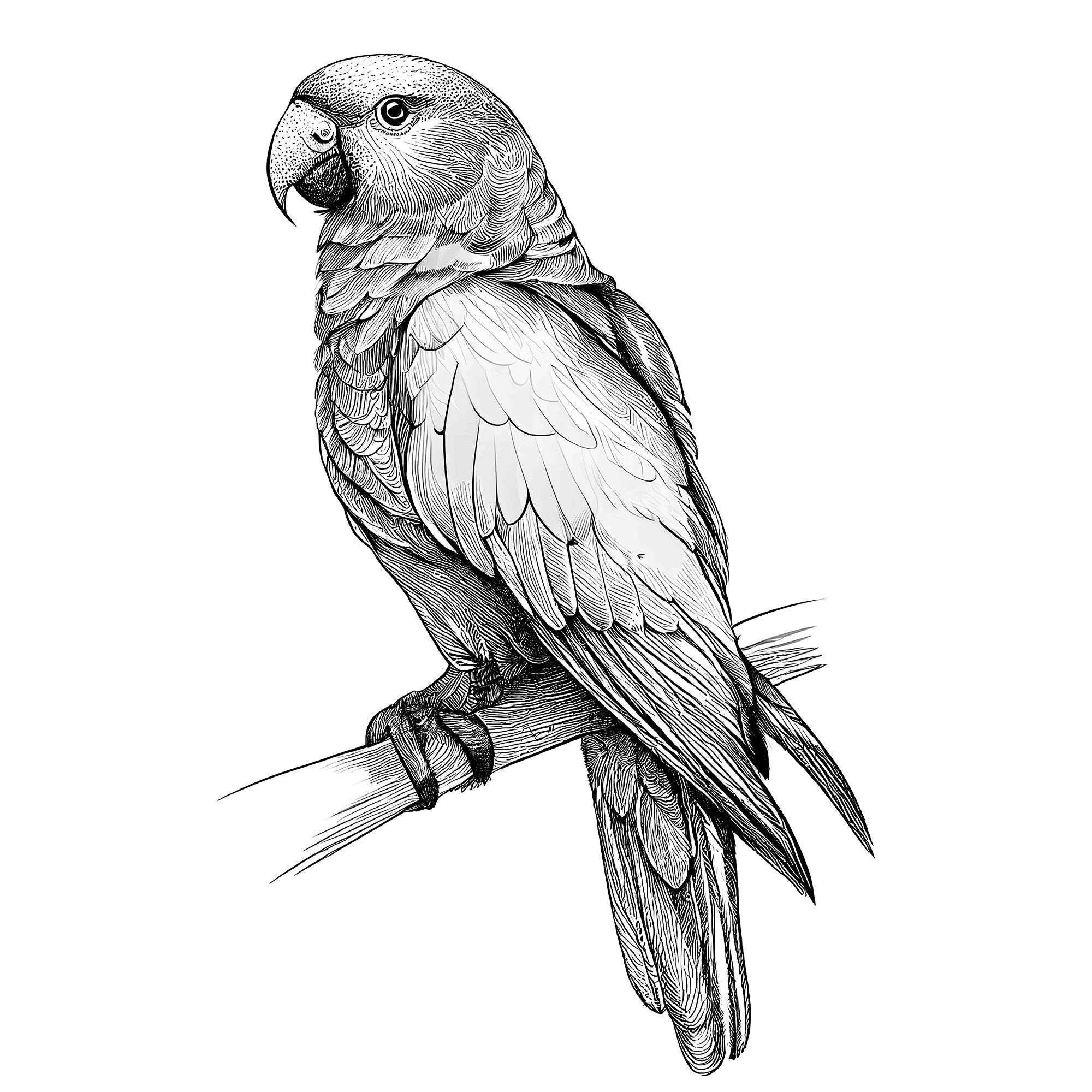Is Sketch Autistic - Exploring Design Tools And Their Unique Traits
When diving into the world of design tools, questions like "is Sketch autistic" can surface, often driven by curiosity about how these applications function and their unique traits. Sketch, a design software primarily used by professionals in the UI/UX domain, has sparked discussions about its characteristics and functionalities. The term "autistic" in this context might not refer to the medical condition but rather to certain rigid or highly focused aspects of the software. This article seeks to explore this intriguing query while offering insights into Sketch's features and how they interact with user expectations.
Sketch's reputation as a streamlined tool for design professionals has grown significantly over the years. However, the notion of whether it exhibits traits akin to being "autistic" remains a topic of debate. This perception could stem from its focused design philosophy, which emphasizes simplicity and efficiency, sometimes at the expense of versatility. As we delve deeper into this idea, it becomes essential to understand both the strengths and limitations of Sketch from a user's perspective.
Moreover, the evolution of design tools and their impact on creative workflows is an ever-present consideration. Tools like Sketch are continually adapting to meet the demands of their users. Yet, the question remains: does Sketch's dedication to a specific set of features and functionalities make it stand out as unique or restrictive? This article will unpack these questions and more, providing a balanced view of Sketch's role in the design landscape.
What Makes Sketch Stand Out in the Design Industry?
Sketch, first introduced in 2010, quickly became a favorite among designers for its simplicity and efficiency. Its ability to connect seamlessly with mobile devices via the Sketch Mirror App added another layer of convenience. This feature allowed designers to test their creations in real-time, offering a glimpse into the future of design workflows. For many, this innovation was a significant leap forward in how design concepts were developed and tested.
However, the exclusivity of Sketch to macOS users has been a point of contention. While this limitation might seem restrictive, it also ensures a consistent and optimized experience for those within the Apple ecosystem. For Windows users, alternatives like Lunacy offer a way to access Sketch files, albeit with some compromises. The software's focus on a streamlined interface and minimalistic design philosophy tends to resonate with those who prefer a clutter-free workspace.
Why Does Sketch Lack Versatility Compared to Other Tools?
One of the common criticisms of Sketch is its lack of versatility when compared to tools like Adobe Photoshop or Illustrator. This limitation is by design, as Sketch was developed with a specific audience in mind—UI/UX designers. By stripping away unnecessary features, the software aims to enhance productivity and focus on the core tasks at hand. Yet, this approach can feel limiting to users accustomed to more comprehensive tools.
For example, Sketch doesn't natively support features like exporting HTML or offering annotation tools for developers. These omissions require additional steps or third-party integrations, which can be seen as a downside. However, for those who value simplicity and speed, Sketch's tailored approach might just hit the sweet spot. It's a bit like choosing a Swiss Army knife over a toolbox—both have their merits, depending on the task at hand.
Is Sketch Autistic - Exploring the Question
So, what does it mean to ask if Sketch is "autistic"? In a way, the question highlights the software's intense focus on a particular set of tasks and users. Sketch's design philosophy could be seen as a bit rigid, almost obsessive in its commitment to simplicity and efficiency. This trait, while beneficial for some, might feel limiting to others. Yet, is this rigidity a flaw or a feature? That depends on the user's perspective and needs.
For instance, Sketch's file format is unique, requiring specific software to open and edit. This exclusivity can be seen as a bit of a hurdle for collaboration, especially in teams using different platforms. However, tools like Pixso offer ways to bridge this gap, allowing users to access Sketch files on non-macOS systems. In some respects, Sketch's "autistic" traits might actually be its strength, offering a highly focused and efficient tool for those who align with its philosophy.
How Does Sketch Compare to Other Design Tools?
When comparing Sketch to other design tools, it's essential to consider the unique features and limitations each offers. Tools like Figma and Adobe XD provide broader functionality, often appealing to a wider audience. Figma, for example, supports real-time collaboration, something Sketch lacks natively. Adobe XD offers a robust prototyping environment, making it a favorite for those who need to create interactive designs.
Yet, Sketch's strength lies in its simplicity and speed. It focuses on what many designers need most: a tool that allows them to create and iterate quickly without unnecessary distractions. This focus might be seen as a bit narrow, but for those who prefer a straightforward approach, it's a boon. The question then becomes, is Sketch's approach too rigid, or is it just right for its intended audience?
Can Sketch Be Adapted for Broader Use Cases?
Sketch's adaptability is a topic of interest for many designers. While it excels in specific areas, its limitations in others can be a challenge. However, with the right integrations and workflows, Sketch can be adapted for broader use cases. For example, using plugins and third-party tools can enhance its functionality, allowing users to overcome some of its inherent limitations.
Still, the question remains: can Sketch truly cater to a wider audience without losing its core identity? This balance is crucial, as expanding its capabilities too far could dilute the very traits that make it appealing to its current user base. It's a bit like asking if a specialist can become a generalist without losing their edge. The answer might lie in how well Sketch can evolve while staying true to its roots.
Is Sketch Autistic - A Question of Focus
Returning to the question of whether Sketch is "autistic," it becomes clear that this characterization stems from its intense focus on a specific set of tasks and users. Sketch's design philosophy emphasizes simplicity and efficiency, often at the expense of versatility. This approach can be seen as both a strength and a limitation, depending on the user's perspective.
For those who value a streamlined tool that gets the job done quickly and efficiently, Sketch's traits might not seem so rigid after all. Instead, they might be viewed as a commitment to providing the best possible experience for its target audience. In this light, Sketch's "autistic" qualities might just be what make it stand out in a crowded field of design tools.
What Does the Future Hold for Sketch?
As design tools continue to evolve, Sketch's position in the market will undoubtedly shift. The question of whether it can maintain its edge while expanding its capabilities will be a key factor in its future success. With competitors like Figma and Adobe XD offering broader functionality, Sketch will need to find ways to innovate and adapt.
Yet, Sketch's unique approach to design tools might just be its greatest asset. By focusing on what designers need most—simplicity, speed, and efficiency—it has carved out a niche in the design world. The challenge will be to continue evolving without losing sight of what makes it special. In some ways, Sketch's "autistic" traits might just be the key to its continued success.
What Are Users Saying About Sketch?
User feedback plays a crucial role in shaping the future of design tools. For Sketch, the response has been largely positive, with users praising its simplicity and speed. However, some criticisms remain, particularly regarding its lack of versatility and exclusivity to macOS users. These concerns highlight the need for Sketch to find a balance between maintaining its core identity and expanding its reach.
Ultimately, the question of whether Sketch is "autistic" comes down to how users perceive its focused approach. For some, this trait is a strength, offering a tool that excels in specific areas. For others, it might feel limiting, prompting them to seek alternatives. As Sketch continues to evolve, it will be interesting to see how it addresses these concerns while staying true to its roots.
Is Sketch Autistic - A Matter of Perspective
In conclusion, the question of whether Sketch is "autistic" is more about perspective than anything else. For those who appreciate its focused approach, Sketch offers a powerful tool for designing with speed and efficiency. Yet, for others, its limitations might feel restrictive, prompting them to explore other options. As the design landscape continues to evolve, Sketch's place in it will depend on how well it can adapt while maintaining its core identity.
So, is Sketch autistic? Maybe, but in a good way. Its dedication to a specific set of tasks and users has made it a favorite among many designers. As long as it continues to innovate and adapt, Sketch will likely remain a key player in the design world, offering a unique blend of simplicity and power that resonates with its users.
Table of Contents
- What Makes Sketch Stand Out in the Design Industry?
- Why Does Sketch Lack Versatility Compared to Other Tools?
- Is Sketch Autistic - Exploring the Question
- How Does Sketch Compare to Other Design Tools?
- Can Sketch Be Adapted for Broader Use Cases?
- Is Sketch Autistic - A Question of Focus
- What Does the Future Hold for Sketch?
- What Are Users Saying About Sketch?



Detail Author:
- Name : Mr. Rodger Senger
- Username : rowan95
- Email : nschoen@hotmail.com
- Birthdate : 2001-11-22
- Address : 89971 Aaliyah Drives Apt. 652 Ulisesmouth, TN 96323-6445
- Phone : 804.270.9087
- Company : Daugherty Ltd
- Job : Command Control Center Specialist
- Bio : Et id voluptatem sed inventore non iure est. Sed et voluptates doloribus omnis explicabo illo nisi ducimus. Facilis consequatur cumque veritatis consequatur eaque nesciunt in.
Socials
tiktok:
- url : https://tiktok.com/@lilianaschuppe
- username : lilianaschuppe
- bio : Cum rem doloremque vel ad. Nostrum autem eum fugit minima quia sequi ut.
- followers : 5727
- following : 1714
twitter:
- url : https://twitter.com/lilianaschuppe
- username : lilianaschuppe
- bio : Ex harum ratione id qui. Provident voluptatum ab fuga dicta unde. Id quasi ipsa et.
- followers : 457
- following : 2227
linkedin:
- url : https://linkedin.com/in/liliana_schuppe
- username : liliana_schuppe
- bio : Quis facere aut quia eum.
- followers : 5336
- following : 1935